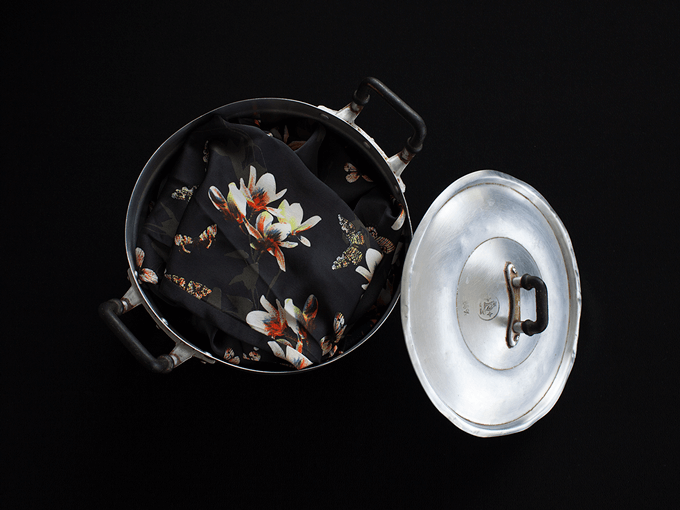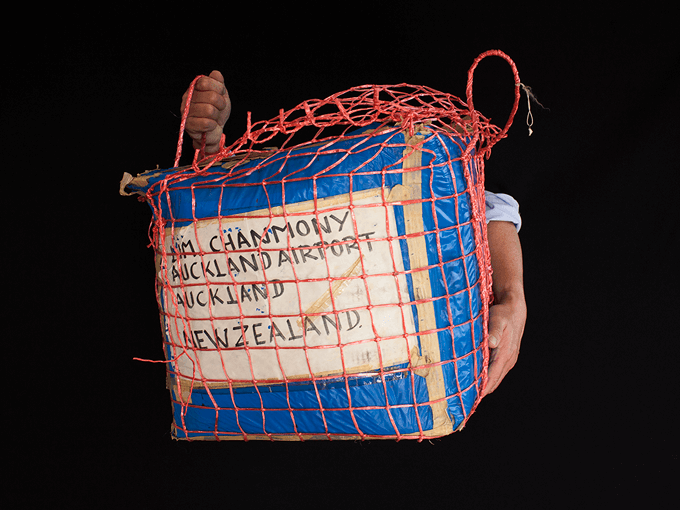May 28, 2019 Art
If you had to leave your home, if you didn’t know whether you’d ever be back again, what would you take with you?
In Kim Hak’s upcoming photography exhibition, Alive, developed by Objectspace in Ponsonby, that question is answered 12 times over. A dozen families, fleeing the Khmer Rouge in Cambodia on their way as refugees to New Zealand, where they have been photographed 40 years later with the objects they managed to bring with them. Many of the objects have travelled through war, the Khmer Rouge atrocities, border camps, refugee centres and finally to a place of home and safety.
Hak, an award-winning Cambodian photographer, grew up in Battambang City listening to his parents and extended family talk about what it was like to live under the brutal dictatorship of Pol Pot and the Khmer Rouge, a regime which killed 25 per cent of Cambodia’s population between 1975 and 1979. He believes photography is one of the strongest ways to safeguard history. “War breaks things to pieces, not only the landscapes of a country, but also humanity. I have been trying to collect all of these broken pieces of memories to put them back together,” he says.
“I started this series from my own family’s memory and decided to expand the project to other families inside and outside Cambodia. Now, it is a race against the clock because living witnesses are gradually disappearing.”
The photos taken in New Zealand are part of a series, Hak’s life work really, photographing Cambodian refugees with the objects they took when they were forced to leave their homeland. He has already toured his work in Australia and Cambodia and the Auckland exhibition will run from this Saturday – marking 40 years since the Khmer Rouge surrendered.

Working with Objectspace and supported by the Rei Foundation to liaise with the Cambodian community in Auckland Hak not only photographed those in New Zealand’s Cambodian community, he also recorded their oral histories, excerpted transcripts of which will run with the images.
Some objects are photographed alone, like a pot stuffed with clothes, and some are photographed with their owners. Seeing the objects families brought is surprisingly moving. In many cases, what wasn’t taken says as much as what was. Personal items, precious objects – anything interesting and potentially valuable was more likely to be taken off someone than an everyday object like a pot or pair of scissors.
“You get this juxtaposition between these quite mundane objects and what is cracked open behind those objects,” says Objectspace director Kim Paton. “In many instances they might have just been this very small seemingly insignificant thing.
“It doesn’t take much of a leap at all for us to imagine what it must be to have this remnant of a past life or of an experience that completely reshaped your [life].”
Alive runs at Objectspace in Ponsonby from Saturday June 1 to July 20.
A number of public events will take place as part of the exhibition and a commemorative book has been produced of Kim Hak’s 30 images, including 25 objects from New Zealand families.






